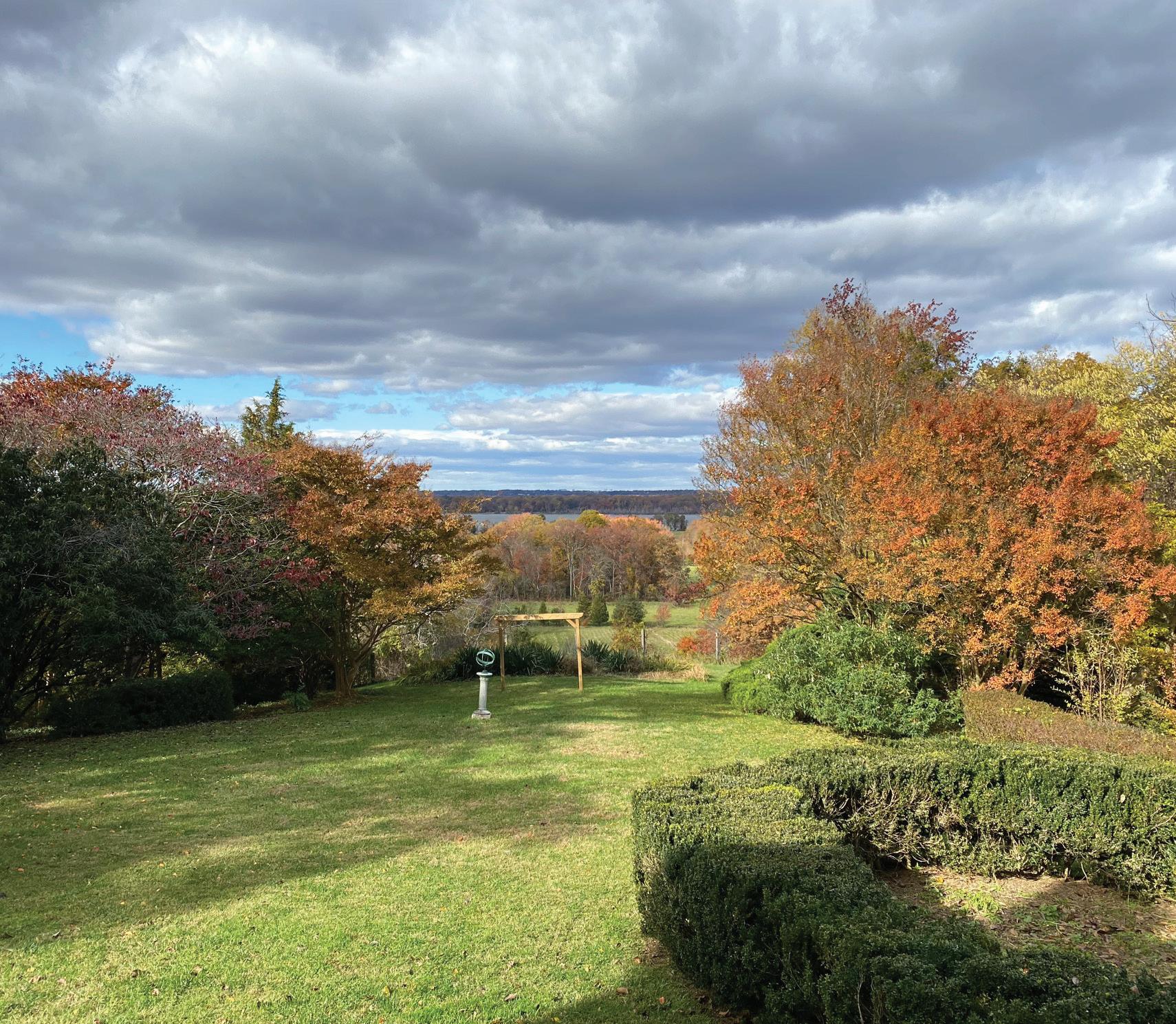
2 minute read
Principles of Cultural Heritage Tourism
In 1990, the National Trust for Historic Preservation developed a set of principles to guide cultural heritage tourism development. The principles have been used by hundreds of communities across the country and continue to be valuable as destinations focus on asset-based tourism planning.
Principle 1
Focus on Quality and Authenticity
Research confirms that cultural heritage travelers want to visit destinations that retain their authentic sense of place and that offer a high-quality experience. In addition, destinations must be prepared to present the story of the place in context with the larger American story.
2 Principle 3 Principle
Preserve and Protect Resources
Stewardship of historic, cultural, and natural resources is essential to accomplishing Principle 1—an authentic, high-quality destination. Preserving and protecting resources must be undertaken in balance with tourism promotion.
Make Sites and Programs Come Alive
Studies repeatedly show that visitors are seeking experiences that are engaging, interactive, and memorable. Destinations make this happen by researching and documenting their history, identifying primary themes and stories, and developing places, programs, events, and other opportunities for visitors of various ages and interests to enjoy.
4 Principle
Find the Fit between the Community and Tourism
Cultural heritage tourism should make a community a better place to live as well as a better place to visit. The planning process should include many considerations to ensure that inviting visitors to a community enhances rather than detracts from residents’ quality of life. An essential consideration is identifying places that residents do not want to include in tourism promotions, such as residential neighborhoods or a cemetery. In addition, planners must consider the carrying capacity of a community. How many visitors can be accommodated before negative effects are felt by residents? These considerations will help guide decisions about target audiences as well as where to focus and how to scale promotions. It is also important to have a plan to educate residents about the benefits of cultural heritage tourism including the creation of jobs, increased tax revenues, volunteer opportunities, and new activities and destinations that residents can enjoy.
Principle 5
Collaborate
By its very nature, cultural heritage tourism requires effective partnerships. As communities and states have increased their focus on cultural heritage tourism in the past few decades, more partners have become involved in planning, implementation, management and promotion of the destination. These may include government agencies at the state and local level; nonprofit organizations managing historic, cultural, and natural resources; and businesses including lodging, restaurants, shopping, tour guide companies and receptive operators (local tour operators specializing in organizing group tours for tour companies), event management companies; and many others.
Source: M-NCPPC
Prince George’s County Planning Department

Heritage Development
Heritage development is the process of preserving historic, cultural and natural resources, planning for their long-term protection and interpretation, and preparing to receive visitors. Once preservation and protection are addressed, a destination can plan and prepare for visitors. Preservation and conservation of historic, cultural, and natural resources is essential for a community’s sense of place and for a successful cultural heritage tourism program. It is understood that stakeholders in Accokeek have many projects and programs currently underway. This study considers current activities and makes recommendations to either revise or build on those activities or to replace them with new activities that may attract more heritage tourists. An Implementation Matrix is provided to identify priority actions, partners and funding sources.
Three Stages of the Visitor Experience
These three stages apply to all travelers—individuals, families, or tour groups. The following sections focus on how to prepare for each stage, the identification of heritage themes, and target tourism markets.
Three Stages Of The Visitor Experience
What travelers do to plan, enjoy, and remember their trips
POST-VISIT
Consider options that fit interests, time, budget, and accessibility and choose a destination
Decide when to travel, make arrangements (lodging, transportation admission tickets, etc.)
Plan travel itinerary
Experience the destination. Follow itinerary and add newly discovered as time allows









